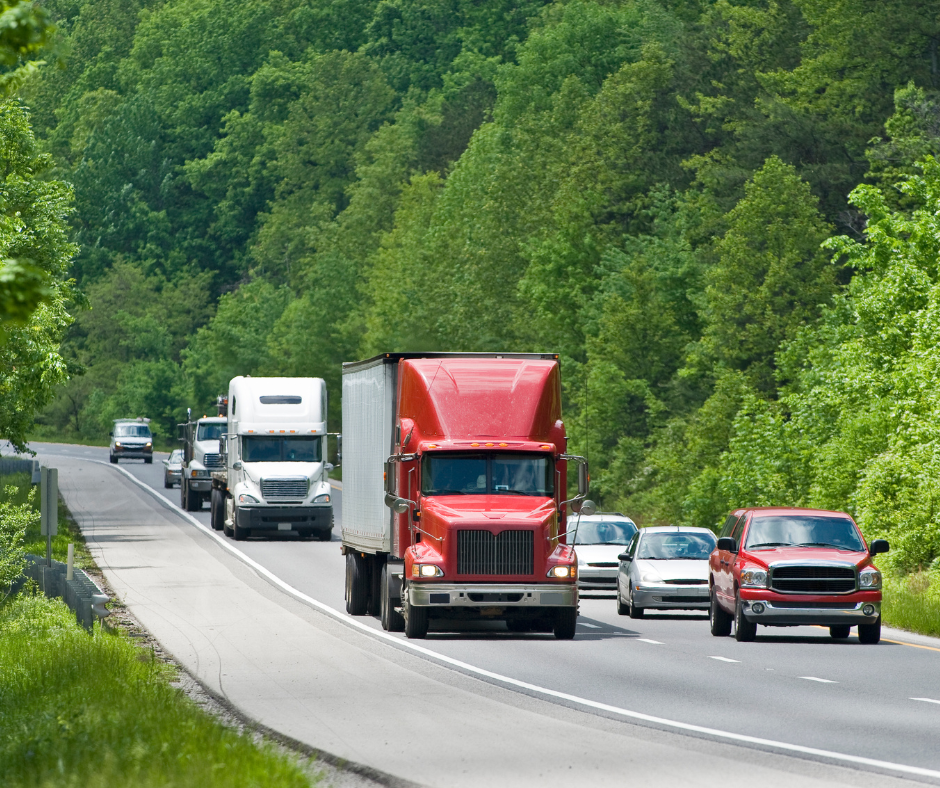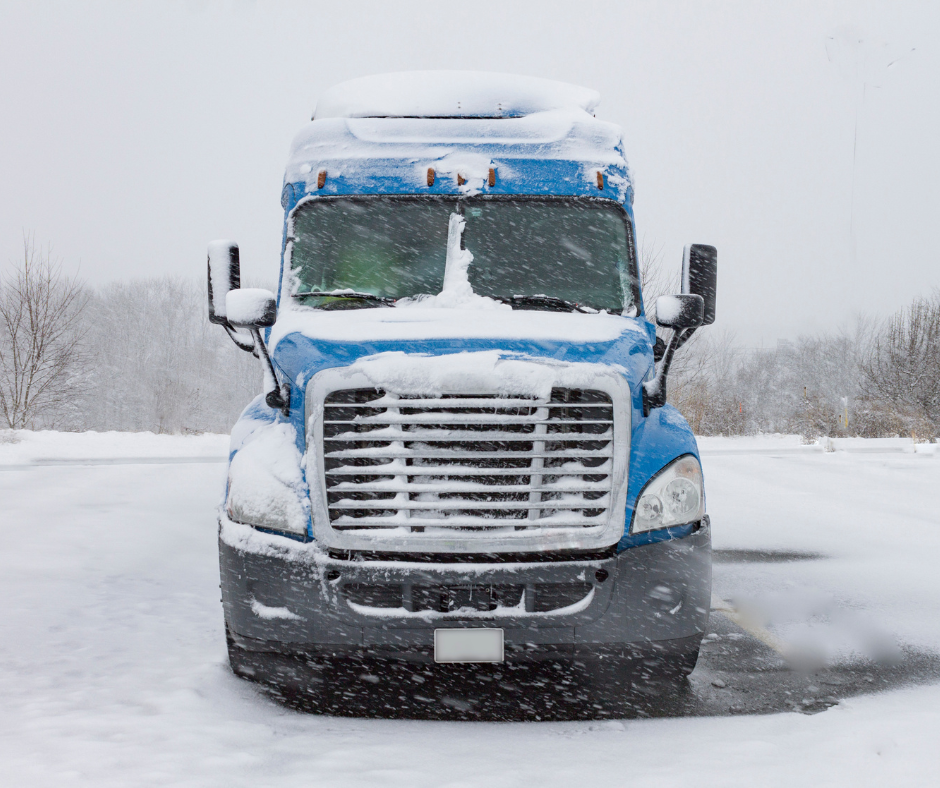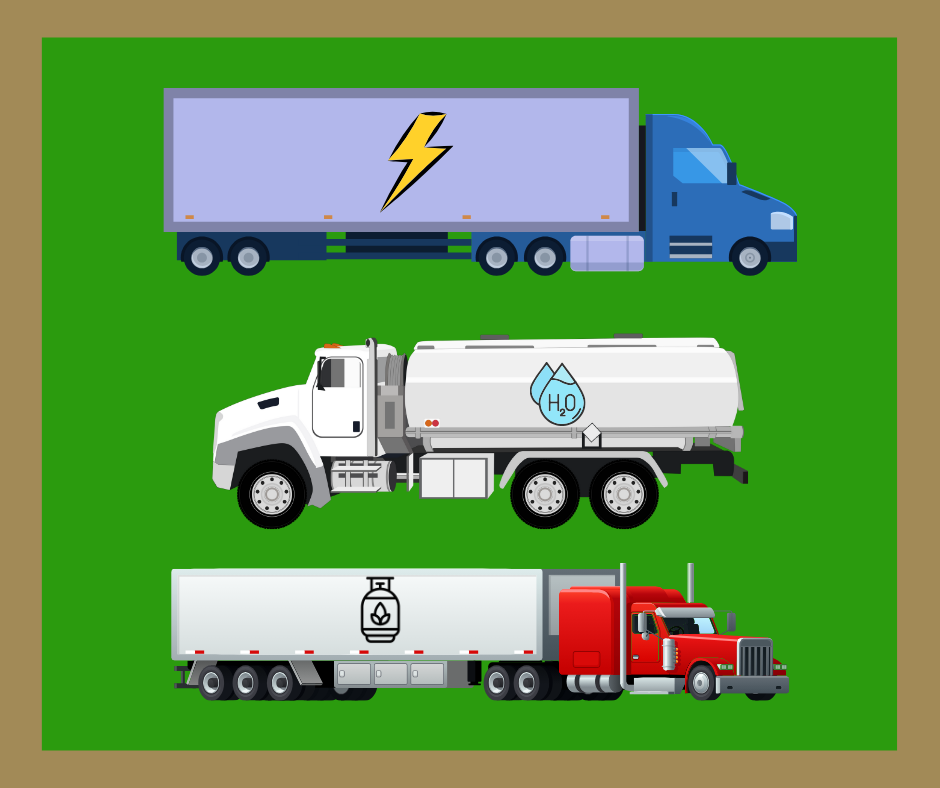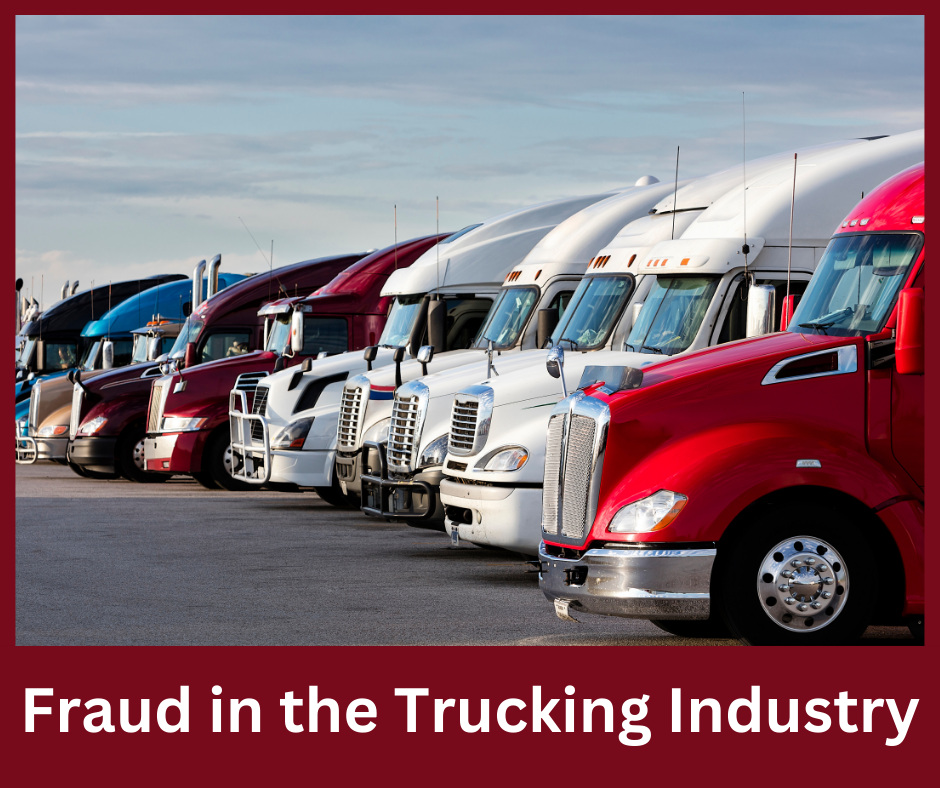Semi Trucks & Tri-Axle Dump Trucks: Safe Stopping Distances
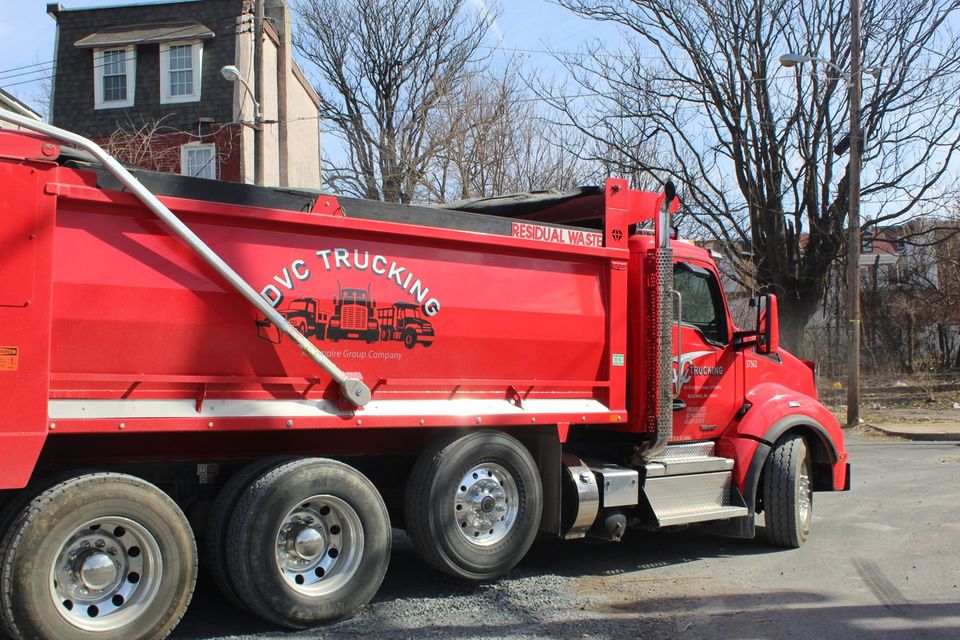
No matter what type of large truck you drive, safety is always a top priority. These large trucks include cement mixers, tractor trailers and dump trucks. Numerous truck accidents occur each year, and many are from trucks failing to stop in enough time to avoid plowing into the vehicle in from of them. The size and weight of the truck has a great deal to do the distance it takes to come to a complete stop. For semi trucks, information about the stopping distance (also known as braking distance) is plentiful, but what about dump trucks, namely tri-axle dump trucks? Some may put this type of dump truck in the same category as semi trucks because of their weight class (over 35,000 lbs.). However, there are differences in stopping distances between the two vehicles.
To understand the stopping distance, we must first understand the other types of distances involved with safe driving. The first is perception distance. This is the distance your truck travels from the time you see the hazard in front of you to when your brain recognizes it. The second distance is reaction. This is the amount of time it takes for you to react to the hazard by stepping on the brake. This should not be confused with stopping distance, which is the distance your truck travels from time the brakes are applied to when the truck comes to a complete stop. The safe stopping distance for a semi truck is approximately 525 feet (travel speed at 65 miles per hour and under ideal driving conditions). There are other factors that can affect stopping distance, such as road conditions and the weight of the trailer. For a tri-axle dump truck, the safe stopping distance is approximately 400 feet (travel speed 55 miles per hour and under ideal road conditions). Also, passenger cars traveling too close to a large truck can be distracting, which reduces the perception and reaction distances.
At DVC, our drivers have the experience and expertise to safely drive a semi truck and a tri-axle dump truck. They know the safe stopping distance for each vehicle as well as the unique driving challenges for each truck. We take every measure to help provide a safe transport for our drivers, loads, and customers. Contact us today to learn more!
